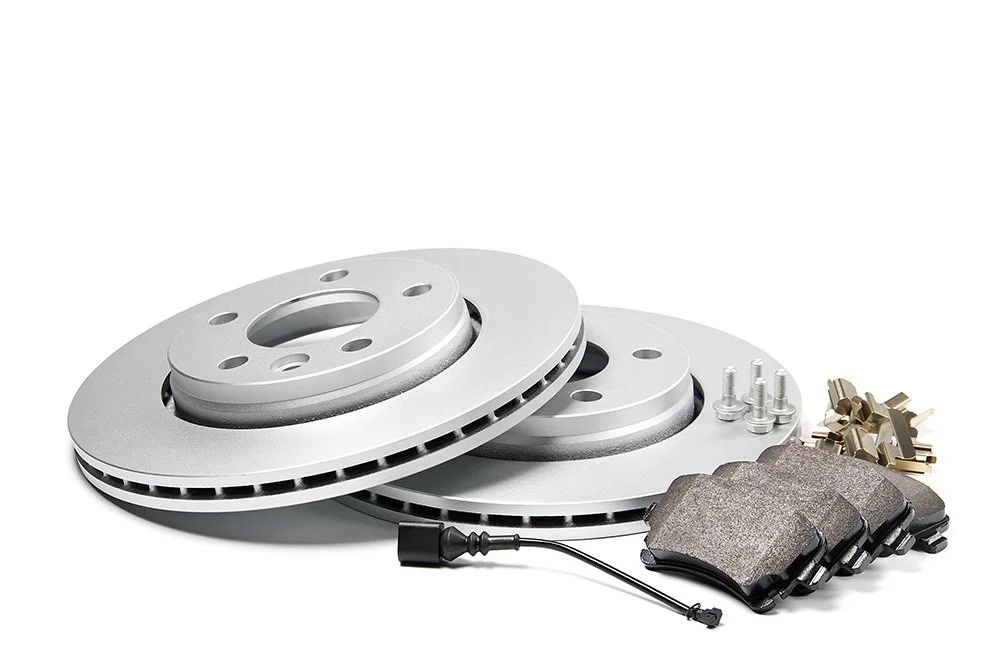The humble brake pad might seem like a simple automotive component, but it sits at the intersection of a complex web of market forces. What drivers want, what regulations require, and what technology makes possible all drive a constant evolution in friction materials. Consequently, material innovation in brake pads is not just about performance; it’s a direct response to changing market demand. Understanding this relationship is key to recognizing the trends shaping the automotive aftermarket.
The Historical Evolution: From Asbestos to Ceramic
For decades, the standard brake pad was a product of its time, driven by a balance of cost and effectiveness.
- Asbestos: Once the industry standard, asbestos provided excellent heat resistance and friction. However, as its severe health risks became clear, regulators banned it. This created the first major shift in market demand for safer alternatives.
- Semi-Metallic: The industry’s primary answer to the asbestos ban was the semi-metallic pad. It delivered strong, reliable performance and heat resistance. However, it also created significant brake dust and noise, which eventually prompted a new wave of innovation.
- Ceramic: The demand for a quieter, cleaner alternative led to the development of ceramic pads. These pads are now a top choice in the market. They are quieter, produce less dust, and offer excellent performance, aligning directly with modern consumer priorities.
Market Demand #1: The Consumer-Driven Shift
Today, consumers have more choices than ever. The demand for specific qualities in a brake pad is a primary driver of the aftermarket.
- Low Noise and Vibration: Drivers want a smooth and silent ride. Semi-metallic pads, for instance, are known to be noisy. Therefore, there is a high market demand for quiet, advanced ceramic and organic formulations.
- Minimal Brake Dust: As car owners invest in expensive alloy wheels, the desire for a low-dust brake pad is stronger than ever. Consequently, a major selling point for modern brake pads is their ability to keep wheels clean.
- Performance and Longevity: Drivers seek a balance. They want a pad that provides strong, confident stopping power without needing frequent replacement. Manufacturers are innovating to meet this demand, producing pads that offer longer service life.
Market Demand #2: The Regulatory and Environmental Push
Beyond consumer preferences, environmental regulations are forcing the brake industry to innovate.
- The Copper Problem: Copper is a key ingredient in many traditional brake pads. It effectively transfers heat away from the pad. However, as brake dust washes into storm drains, the copper contaminates waterways, posing a significant risk to aquatic life.
- Regulatory Response: Legislation like California’s SB 346 and Washington’s Better Brakes Law now mandate a reduction in copper content in friction materials. As a result, there is a growing demand for copper-free brake pads in both the original equipment and aftermarket sectors. This has forced manufacturers to find new materials that can replicate copper’s heat transfer properties without the environmental cost.
The Impact of Electric Vehicles (EVs)
EVs are introducing an entirely new set of demands. Their regenerative braking systems handle most of the deceleration, meaning friction brakes are used far less often.
- New Performance Needs: This creates a demand for brake pads that can withstand long periods of inactivity without rusting or corroding. Furthermore, when they are used, they must deliver consistent performance and a familiar pedal feel.
- A New Market Dynamic: The EV market is shifting the focus from high-wear materials to high-durability and corrosion-resistant formulations. Ultimately, this is a major challenge and a new opportunity for innovation in the brake pad industry.
Conclusion: Innovation is a Constant
In conclusion, material innovation in brake pads is not just a technological feat; it is a direct response to a dynamic market. Consumer demand for comfort and cleanliness, combined with environmental regulations and the rise of new vehicle technologies, are the primary forces shaping the industry. The evolution from asbestos to semi-metallic to ceramic and now to copper-free formulations shows that the brake pad of the future will be cleaner, smarter, and more specifically engineered to meet the needs of a changing world.



